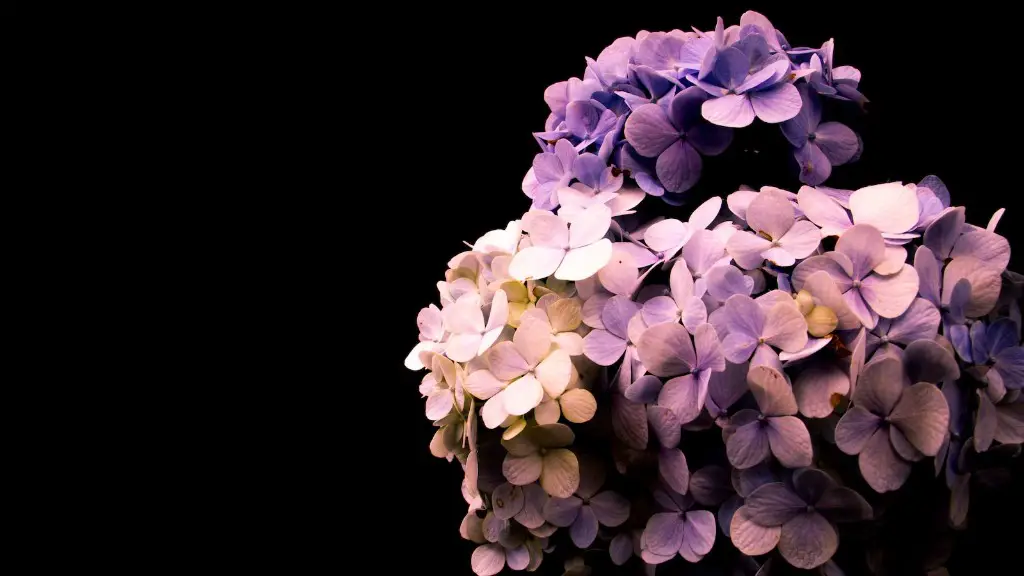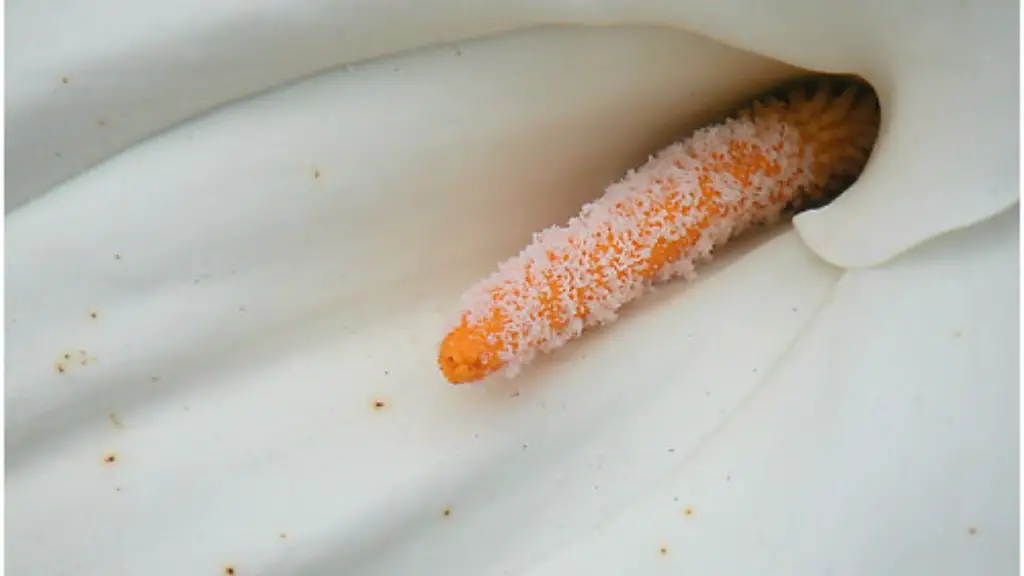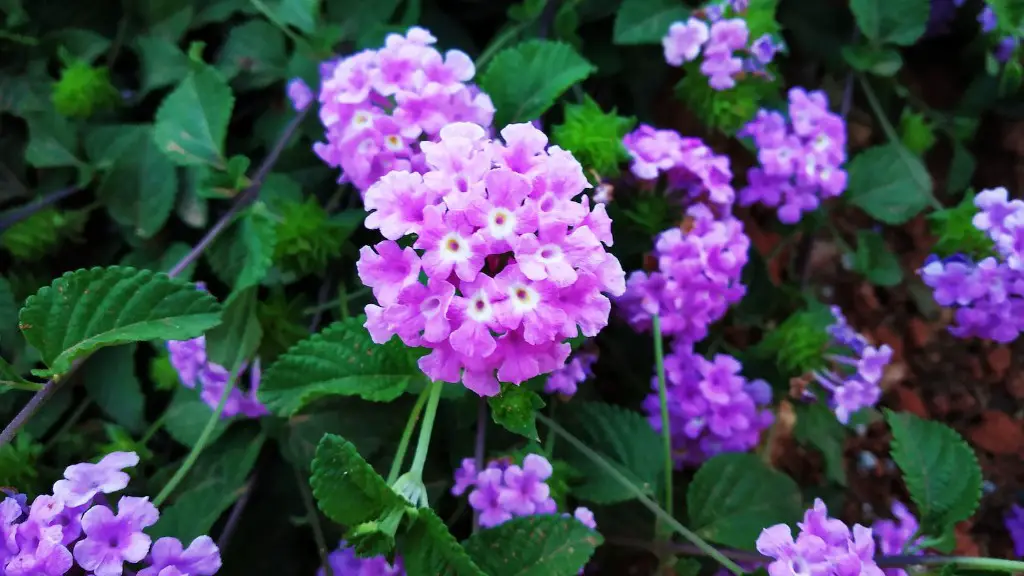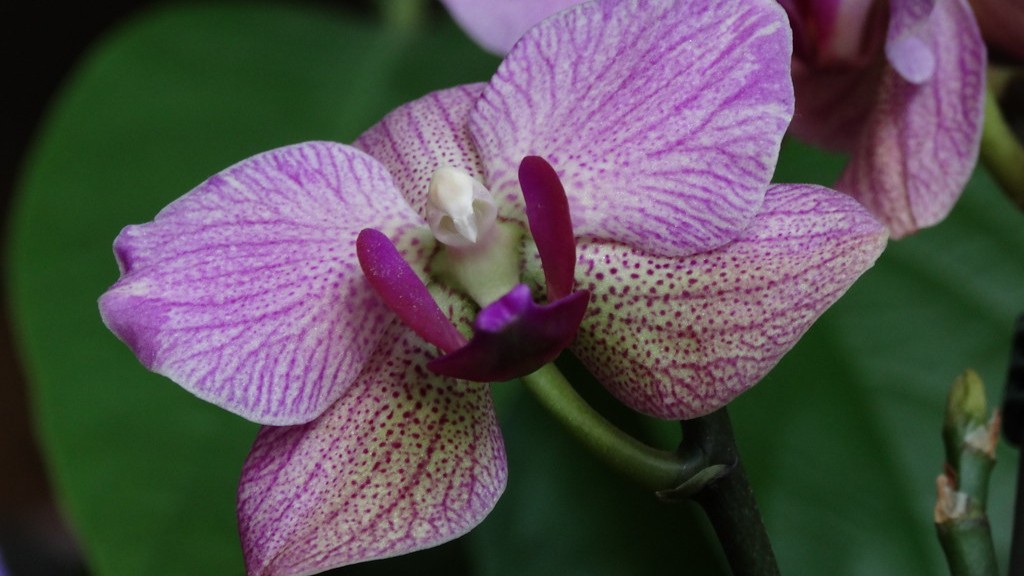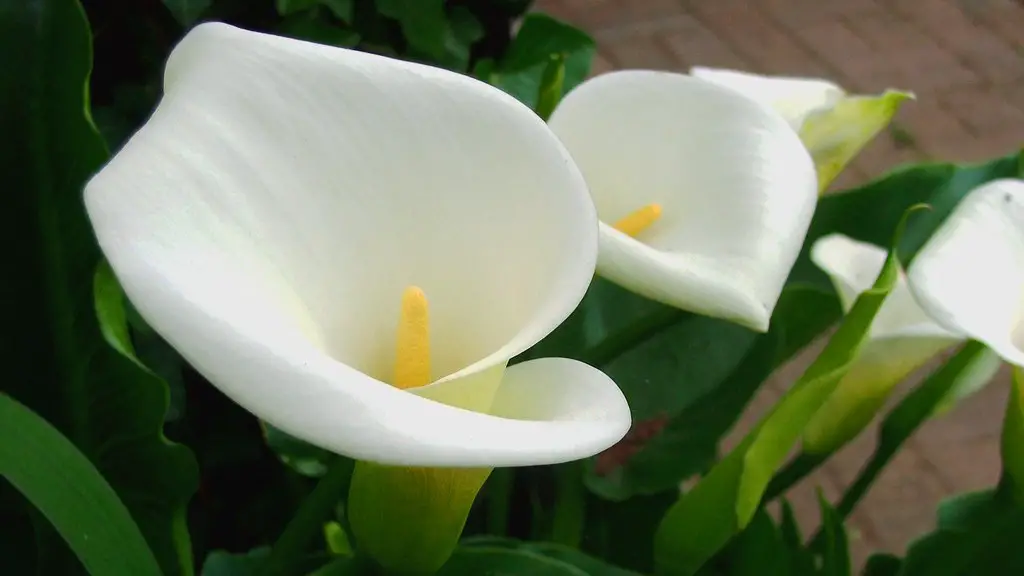To ensure your African violets are getting the right amount of water, you will need to water them when the soil is dry to the touch. Be careful not to overwater your plants, as this can lead to root rot. The frequency with which you water your African violets will depend on the type of potting mix you are using, the size of the pot, the climate, and the amount of light the plant is getting.
When the soil is dry to the touch, it is time to water your African violet.
What is the proper way to water African violets?
Watering your plant is very important to keeping it healthy and happy. Make sure to keep the soil moist to dry, and allow the soil around the roots to dry out before watering again. This will encourage blooming. Water from the bottom by placing the plastic grower’s pot in water, and allowing the plant to absorb the water (not more than 30 minutes).
If you water your African violet too much, the roots can suffocate and the plant can die. It’s important to only water the plant when the soil is almost dry, which is usually once a week. However, this can vary depending on factors such as the temperature and the season.
How long should I let my African violet sit in water
If you’re African violet is finicky about its water, make sure to let the water sit for a bit before giving it to your plant. It’s best to let it sit for 24-48 hours, but if you can’t, then let it stand for at least an hour. This will help ensure that the water is either tepid or at room temperature, which is ideal for your plant.
African violets are susceptible to crown rot, so it is important that the crown (the section of the plant at soil level) is not saturated with water. Water on the foliage may cause permanent leaf spotting, so it is important to avoid misting the foliage. Use water that is room temperature to avoid shocking the plant.
Do African violets like to be watered from the bottom?
The best way to water an African violet plant is from the bottom up. Place your plant in a shallow tray of water for 30 minutes, allowing the soil to soak up the water through the drainage holes at the bottom of the pot. This will help to prevent the leaves from getting too wet and reduce the risk of leaf rot.
If you are unsure about the quality of your tap water, it is best to err on the side of caution and use filtered or distilled water for your African violets. Chlorine, chloramines, and dissolved solids can all have negative effects on these delicate plants, so it is best to avoid them if possible.
What do Overwatered African violets look like?
If your African Violet plant has been over-watered, the soil will retain too much water This retention of water will cause the leaves and /or leaf stems to turn soft, limp or mushy. The best way to remedy this is to let the plant dry out completely and then water it sparingly.
If you notice excessive moisture on the crown leaves of your violets, it is important to take action immediately. Violets are highly susceptible to a number of deadly pathogens, such as Crown Rot and Pythium, when exposed to too much moisture. While less serious, brown or yellow leaf spots can also occur when water is left on the leaves for too long. Taking steps to ensure your violets are properly watered will help to prevent these problems from occurring.
Where is the best place to put an African violet
If you want your plants to have the best color and blooms, grow them in bright, indirect light. An ideal location for a plant stand is three feet away from a west- or south-facing window. Plants will still grow when situated right beside north- or east-facing windows, but leaves will be thin and spindly, and plants less likely to bloom.
African violets can be watered from the top or bottom, although lukewarm or warm water is best to avoid leaf spots. When watering from the top, take care not to get water on the leaves in direct sunlight.
Can you water African violets with ice cubes?
If you water your African violets with ice cubes, the cold water can damage the plants and cause discoloration. It’s best to use room temperature water to avoid any problems.
If your African violet isn’t blooming, there are a few things you can do to encourage it to flower again. Make sure it is getting enough light – African violets need 12-14 hours of bright, indirect light every day. You can also turn up the humidity around the plant by setting it on a tray of pebbles and water or using a humidifier. Keep the soil moist but not soggy, and fertilize monthly with a water-soluble fertilizer designed for African violets. To help keep your plant healthy and prevent disease, make sure to only water from the bottom and remove any dead leaves promptly. You can also constrict the roots every few years to encourage blooming.
How do I make my African violets happy
African violets need light to grow, but too much direct sunlight can burn the leaves. Choose a north- or east- facing window for best results. Keep plants away from cold glass and rotate the pot once a week so all leaves receive light. Extend daylight by placing African violets under a grow light during winter months.
African Violet roots don’t go very deep, so they like shallow pots that are breathable. Your pot must have suitable drainage holes so you can water from underneath. You can also get African Violet specific pots that have a terra cotta sleeve you plant in, and a water reservoir.
Do African violets like bathrooms?
If you’re looking to add some color and life to your home, African violets are a great option. These plants love humid air, so they’re perfect for rooms like kitchens and bathrooms. With enough humidity, they’ll grow quickly and flower for a long time.
One way to provide the required humidity is to place a humidity tray underneath your African violets. This will help them thrive and add a vibrant touch to your space.
African violets do best when they are slightly pot-bound, so choose a pot that’s on the smaller side. A professional tip is to choose a pot that is about 3-4 inches in diameter for a standard African violet plant.
Conclusion
Overwatering is the leading cause of death in African violets, so it is important to know when to water them. The best way to know when to water your African violet is to feel the soil. If the soil feels dry, it is time to water. African violets need to be watered about once a week, but be sure to check the soil first.
African violets need consistent watering in order to thrive. The best way to water them is to use lukewarm water and to water the soil, not the leaves. Overwatering can be detrimental to the health of the plant, so it is important to check the soil before watering to make sure it is dry.
